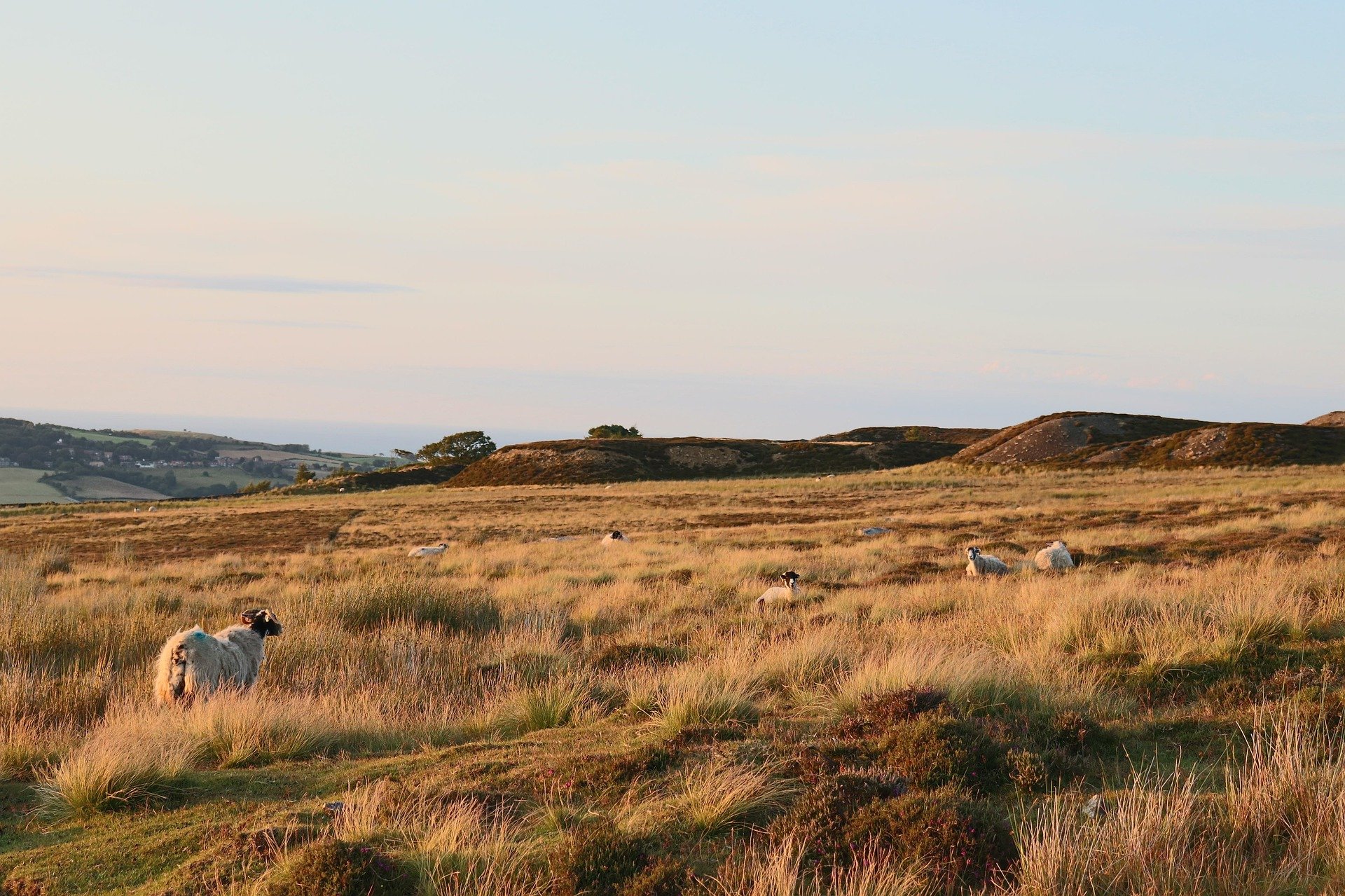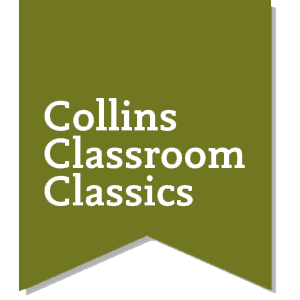
‘I have not broken your heart – you have broken it; and in breaking it, you have broken mine’: lively activities for teaching Wuthering Heights
Wuthering Heights is an epic, sweeping, iconic Gothic novel that is ideal for AS and A Level teaching. With its tragic love story, it can’t exactly be called light reading so here are some thoughtful ideas for lessons that enable students to become involved in close textual analysis through creativity and drama.
Create a graphic novel
Ask students to create their own summarised version of the story in the form of a graphic novel – you might like to show some examples before starting for familiarity. This could be done on computers, through an animation programme or in a sketch book. Would they choose to keep with the gothic genre or perhaps a modern adaptation? (One of the best versions my students created was re-written in the Second World War and set in Poland with Cathy being Catholic and Heathcliff Jewish.) Allowing flair in interpretation is vital; indeed some students may prefer to address this as a comic strip. Would the imagery be dark and sombre as Bronte suggests or something entirely different? As a rough guide, I would ask them to consider which 15 key scenes they feel are the most important as well as 15 key quotations.
Key discussions whilst the task is in hand:
To prompt further analysis, you could discuss: What are the main events? Does the class collectively agree or are their different opinions? Could they cut those scenes down further, for example what are the five most crucial scenes? Which individual scene perfectly depicts the novel? Are there any scenes you think could be removed entirely? Are there any points where you disagree with the character’s responses? Are we as readers meant to sympathise with Cathy or Heathcliff?
Key quotations:
When collecting quotes individually, in pairs or groups, ask students to discuss the following questions:
- Was Cathy ‘a wild, wicked slip of a girl […] too bright for this world’?
- Is this a romantic novel or a horror story?
- Are we reading about love or revenge?
- Which quotations stayed with you?
- Can you select 15 key quotes for your graphic novel? Or one for each character?
- Can you select a quotation that embodies the whole novel?
If they find this part tricky, I tend to lead with this one: ‘If you ever looked at me once with what I know is in you, I would be your slave’. Who says this and in what scene? How is this quotation problematic? Who has the power here? Why is the word ‘slave’ so important? You might like to provide quotations if you are looking at a specific element of the novel or to support less able students.
The graphic novel activity promotes close textual analysis, insight, familiarity with the text, characters and motive, class discussion and further insight. It is also an excellent creative revision tool.
Further discussion points or starter activities:
1. Create a soundscape
After students have read the scenes where Heathcliff is introduced to the Earnshaw family, can they create a soundscape of the events from Heathcliff’s point of view? Using their bodies or instruments can they create the sounds of the rain, dogs barking, the howling wind, the thudding of his heart, his breathing, the noise of the servants, ‘What’s so special about him?’, ‘I won’t have a gypsy in my house’, ‘you are a castaway’, Cathy’s voice and the fire in the hearth. Can this be layered until students can sense how overwhelmed he would be? Is he met with kindness or contempt? What would they do in his situation?
2. Adaptation analysis
Watch different film or TV adaptations of the same scene. Which do students feel is closest to the novel and why? Which shows the characters in the way they imagine them? Freeze the frame and ask them to suggest a change to the scene. Would they change the setting? Could they suggest songs for a soundtrack to the film? Are there lyrics that remind them of the characters or situations?
3. Character Jumble
Give students 15 minutes in pairs to write down the names of all the characters in the novel. Now ask them to cut up the list and put the names in the following orders:
1. the order in which the characters appear
2. the protagonists to the minor characters
3. kind and cruel characters
4. rich and poor
5. heart broken and heart breakers
6. weak and strong.
Allow students to then come up with their own categories and prompt their decisions with further questioning.
By Joanna Fliski
Joanna Fliski is a freelance writer, secondary English teacher and primary school teacher in Bristol
Read more teaching tips for English KS3, GCSE and A-level set texts
Emily Brontë’s Wuthering Heights has been published as part of the Collins Classroom Classics series of set texts and Shakespeare plays that are perfectly pitched for students. Find out more and view the full range.




